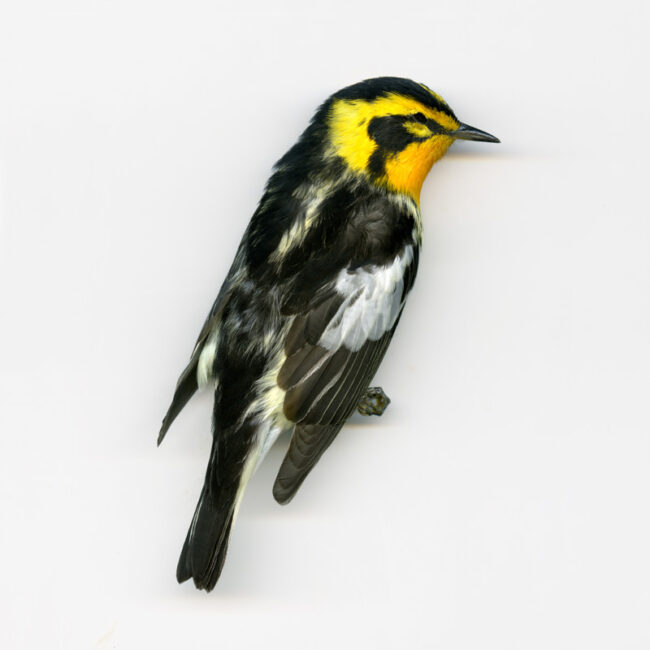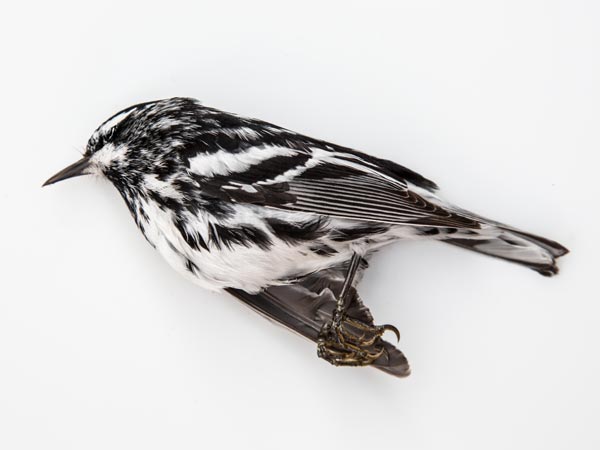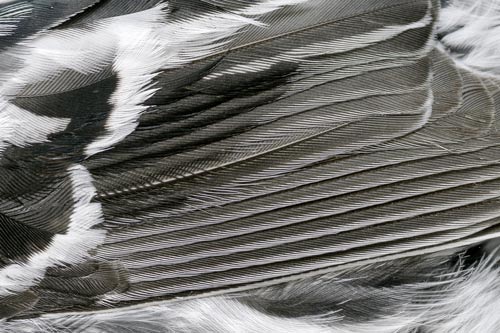
When I submitted a photo of this bird corpse to the Merlin Id app, I learned that my bird, an adult male Blackburnian Warbler, is easy to identify and “a fan favorite.” “Flame orange throat” : check. “Triangular black cheek patch”: check. “Oddly shaped white wing patch”: check.
So how did this charismatic figure acquire such a formal moniker? Our bird was discovered pretty late in the naming process since he is a New World inhabitant. (He summers on the East Coast of North America and winters in South America.) Back in the 1700’s, one of his ancestors who had been living in New York or Connecticut was killed by a young Englishman named Ashton Blackburne, then stuffed and shipped to Ashton’s sister in England. Anna Blackburne, a self-taught naturalist, spent her days collecting and classifying insects from England and birds from her brother in New England. Anna was relatively unknown, but she shared her findings with the well-known naturalists of the day who would then publish her discoveries. (Grrr… another example of a woman working behind the scenes.) The Swedish botanist, Carl Linnaeus, honored Anna by naming this colorful bird after her. Ironically, the female Blackburnian Warbler is a “washed-out version of the male.”

